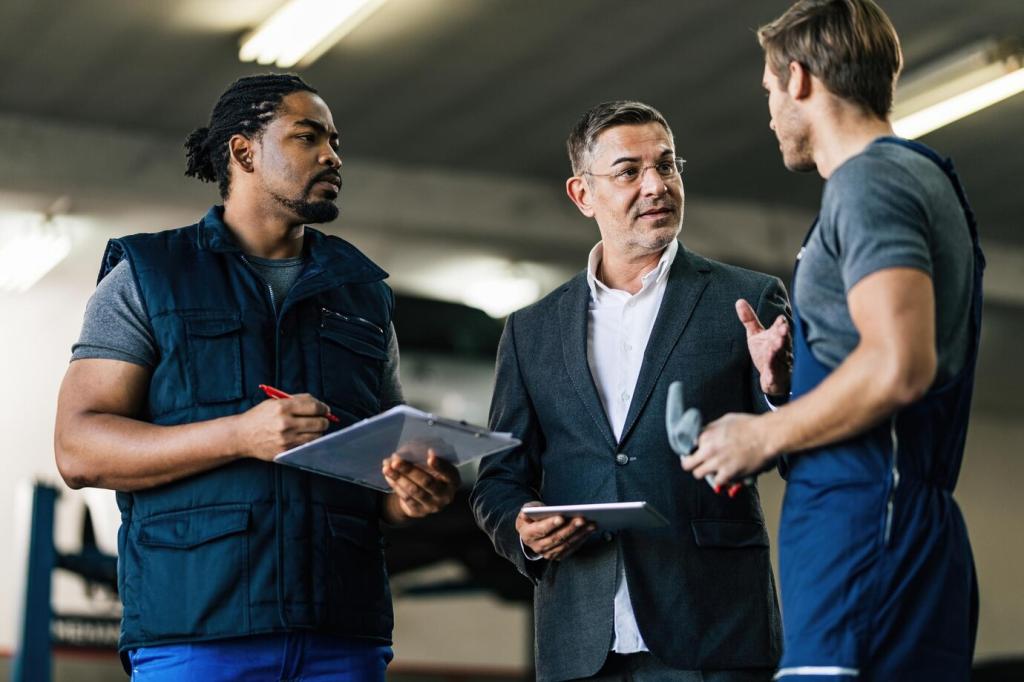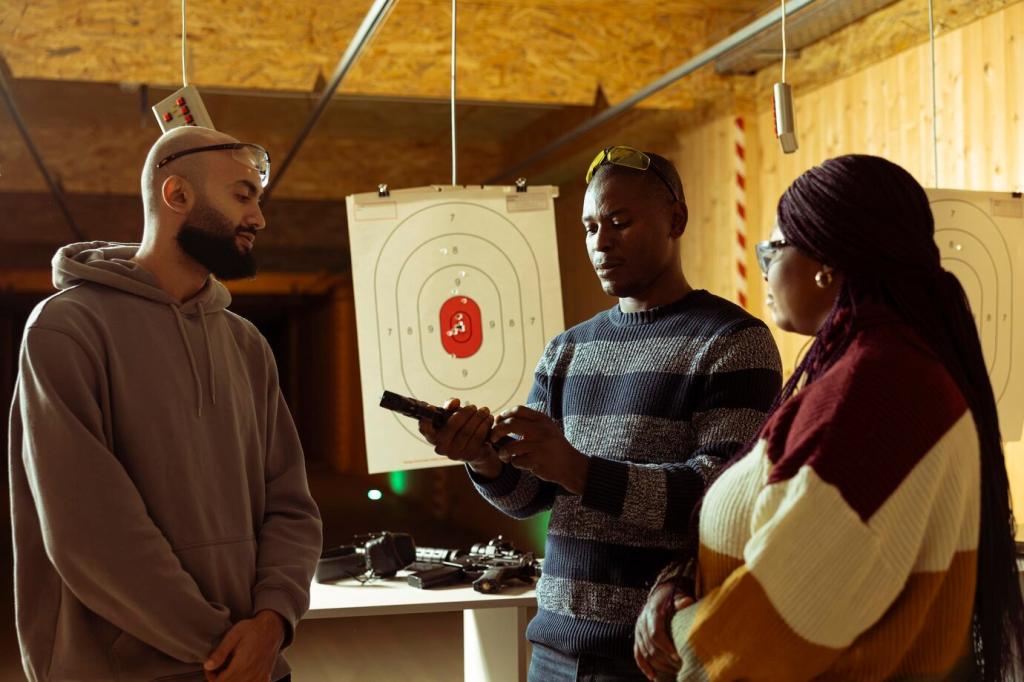Questions That Spark Critical Thinking
Ask, “What stayed the same despite upheaval?” This frames resilience without romanticizing. Use concrete examples like street markets surviving policy shifts. Share your favorite continuity example to keep the conversation lively.
Questions That Spark Critical Thinking
Probe causes without implying inevitability: “What alternatives existed?” Discuss petitions, protests, or failed plans documented in municipal archives. Encourage readers to submit one archival nugget we can spotlight next month.






